Some fish prefer cold water, thus, it is necessary to keep the fish tank cool during hot weather. As the temperature increases, excessive heat would lead to stress, oxygen depletion, or even fish death, then how to keep the fish tank cool? In this guide, we will share some effective methods to keep a fish tank cool in hot weather.
Content Table
The Temperature and Fish
Fish growth and temperature are closely related. Temperature directly affects tank conditions, fish growth, behavior, reproduction, immune system, and metabolic rate. Next, let’s take a look at how temperature affects fish.
Oxygen level
Water temperature influences the dissolved oxygen level in aquariums. Commonly, cooler water holds more dissolved oxygen, while warmer water holds less. However, fish require sufficient oxygen levels for respiration. In warmer water, fish may experience oxygen stress or face oxygen deficiency.
Behavior & Activity
Warmer temperatures often increase fish activity, while cooler temperatures can slow them down. Some fish species exhibit specific behaviors, such as spawning or hibernation, that are triggered by temperature changes.
Reproduction & Spawning
Temperature influences the reproductive cycles of fish. Many fish species have specific temperature requirements for successful breeding and spawning. Temperature changes can signal the onset of breeding seasons or affect the viability of eggs and larval development.
Immune system
Temperature extremes or fluctuations can weaken a fish’s immune response, making them more susceptible to diseases. Maintaining stable and appropriate temperatures helps support a fish’s immune system and reduces the risk of illness.
Metabolic rate
Warmer temperatures generally increase metabolic rates, leading to higher energy requirements and faster growth. Cooler temperatures slow down the metabolic rate, resulting in lower energy needs and slower growth.
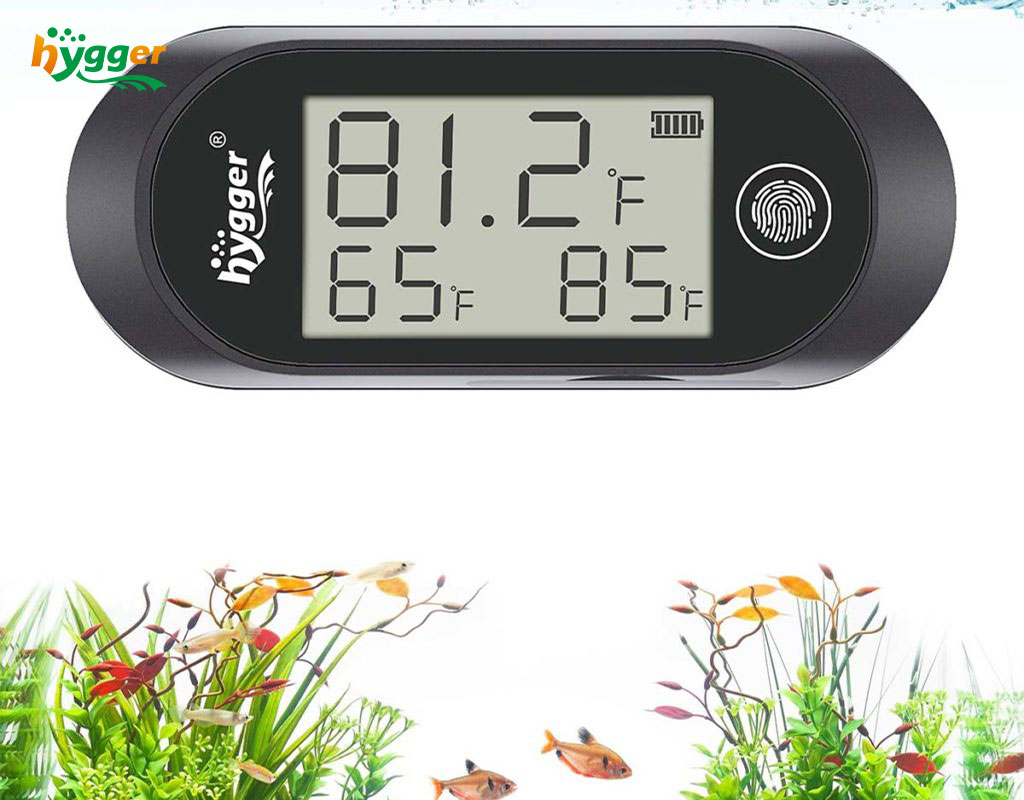
Tank Temperature and the Plants
Temperature directly affects plants’ growth, metabolism, and overall health.
Optimal temperature range
Each species thrives and shows the best growth rates within an optimal temperature range. For example, tropical aquatic plants generally prefer warmer water temperatures, while cold water plants can tolerate cooler temperatures.
Metabolism & Growth
Warmer temperatures generally accelerate metabolic processes, increasing photosynthesis and growth rates. Cooler temperatures can slow down metabolic activity, resulting in a reduced growth rate.
Photosynthesis
Temperature influences the rate of photosynthesis in aquatic plants. Photosynthesis is the process by which plants convert light energy into chemical energy for growth. Warmer temperatures generally enhance the rate of photosynthesis, and then improve the rate of plant growth and oxygen production.
Oxygen production and consumption
Aquatic plants play a crucial role in maintaining oxygen levels in the water. Through photosynthesis, they produce oxygen during daylight hours. However, plants consume oxygen at night or in low-light conditions. Temperature affects the balance between oxygen production and consumption by influencing the metabolic rates of plants.
Stress
Extreme temperatures, both high and low, can stress aquatic plants. They may exhibit signs of stress such as wilting, yellowing leaves, or slowed growth. Different plant species have varying tolerance levels to temperature extremes. Furthermore, sudden temperature fluctuations can also impact plant health and may lead to damage or death.
Nutrient uptake
Temperature influences the uptake and utilization of nutrients by aquatic plants. Warmer temperatures generally increase nutrient uptake rates, which is helpful to plants’ growth. However, higher temperatures can also increase the rate of nutrient depletion. Hence, careful nutrient management is crucial.
Ways to Cool Down the Water in a Fish Tank
The effective methods to cool down the water include applying an aquarium chiller or aquarium fans, reducing room temperature, using frozen water bottles or ice packs, doing water changes, etc.
But first and foremost, you should consider the placement of your fish tank. Generally, the fish tank should be kept away from direct sunlight and sources of heat like radiators or air conditioning vents. Next, we will share some pointers.
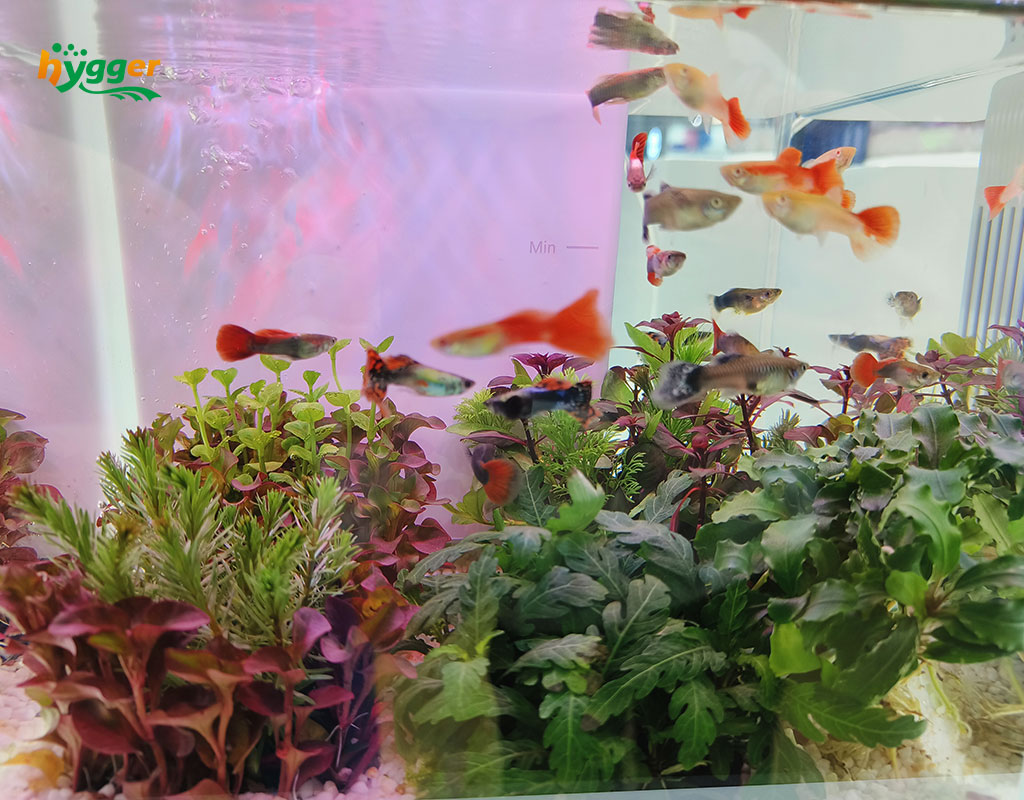
How to cool down the water in large fish tanks
- Aquarium Chiller
An aquarium chiller specifically designed for large tanks can be an excellent alternative. Exactly, aquarium chillers are ideal for larger tanks or in regions with consistently high temperatures. These devices are powerful and can efficiently cool down the water. Just choose a chiller that is appropriate for the size of your tank.
- Lower the room temp
Depending on the size of the tank and the ambient room temperature, you can employ industrial fans or air conditioners to cool the room where the tank is located. These cooling systems can help reduce the temperature of the surrounding air, indirectly cooling the water in the tank.
- Improve water circulation
It is feasible to enhance heat dissipation by improving water circulation within the tank. Use powerful water pumps or additional wave makers to create strong water movement, which is helpful to dissipate heat from the water surface and distribute cooler water throughout the tank.
How to cool down the water in small fish tanks
- Aquarium Fan
Use a small aquarium fan or clip-on fan positioned near the surface of the water. The airflow from the fan will increase evaporation, which helps cool down the water temperature. But you should ensure the fan will not cause excessive water movement or stress to the fish.
- Frozen water bottles or Ice packs
Wrap the frozen bottles or ice packs in a cloth or towel and float them on the surface of the water. Then the water temperature will be gradually reduced. To maintain the ideal temperature range, you need to monitor the temperature closely and remove or replace the bottles or ice packs as needed.
- Reduce room temperature
If the room temp is high, you can take steps to lower the room temperature. For instance, use fans and air conditioners, or open windows. Just improve air circulation. Accordingly, the ambient temperature around the tank will be reduced.
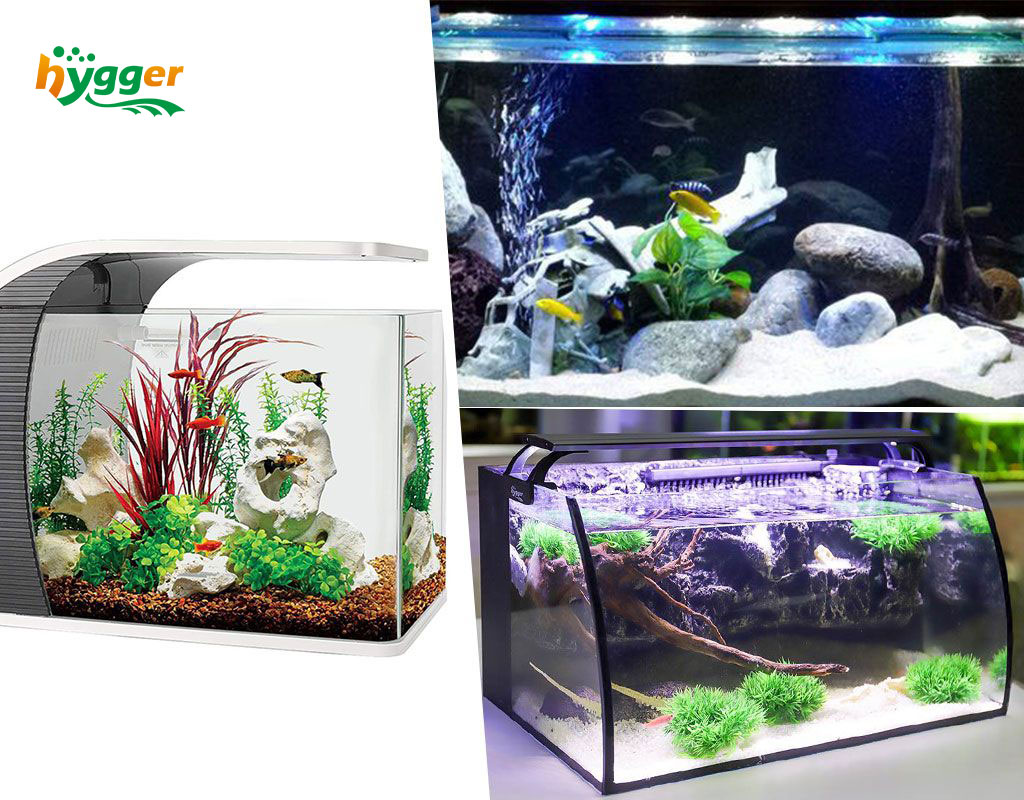
Other common ways to cool down water in fish tanks
Additionally, aside from all methods mentioned above, here are some common ways to lower water temp that are suitable for both large and small fish tanks.
- Insulation & Shade
Insulating the tank can minimize heat absorption from the surrounding environment. You can use insulating materials on the sides and top of the tank, like foam boards or reflective covers. Plus, you can also reduce the direct sunlight by placing your tank away from windows or using curtains or blinds to block the sunlight.
- Change aquarium water
Changing water with cooler water can be another option. Measure the cooler water temp with a thermometer and adjust the frequency and amount of water changes accordingly.
- Monitor and adjust lighting
Light can increase the water temp, thus, you can reduce the intensity and duration of aquarium lights. Also, compared to traditional lighting options, LED lights are better options, which emit less heat.
Final Thoughts
The water temperature requirements are determined by fish species. Hence, you’d better research your fish’s needs before setting water temp to cool fish tanks. During hot periods, you can take the fish tank cool ideas above to cool down the water temp. For example, in cold water fish tanks. On the contrary, sometimes you need to increase the water temp in winter.

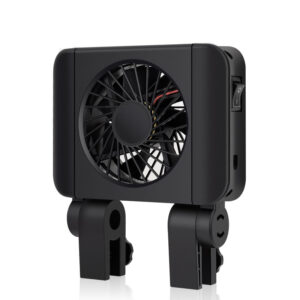
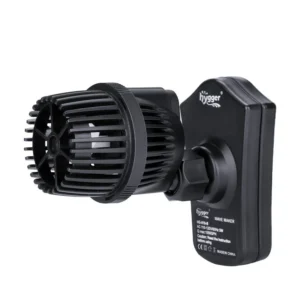
Leave a comment